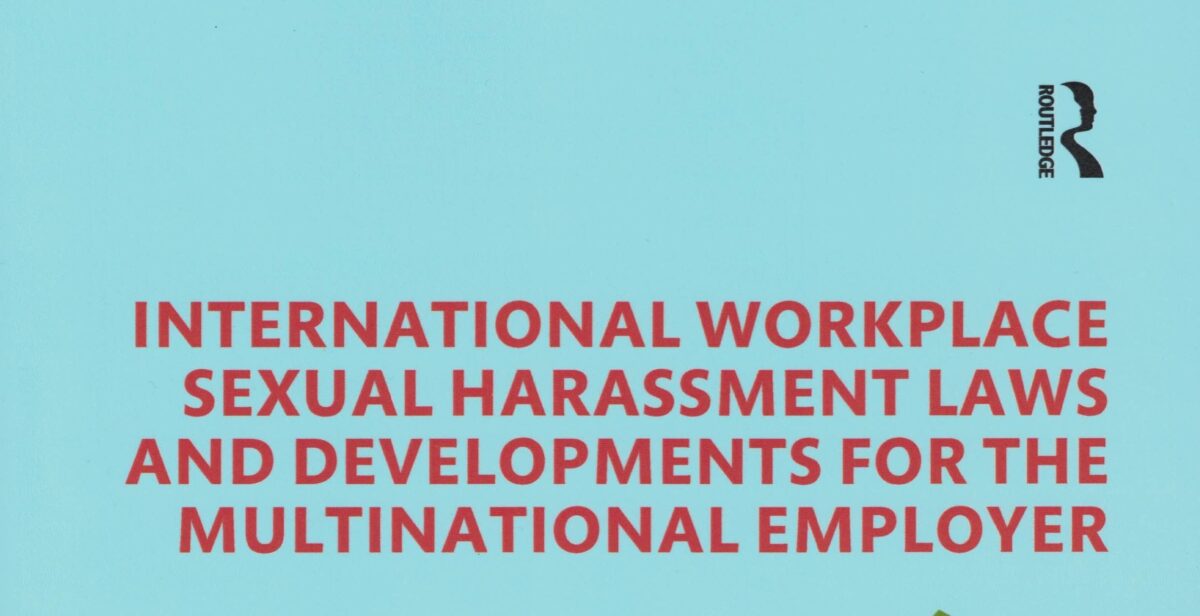Jim Chalmers has completed his first week of Australia’s Parliament as Treasurer. On Thursday, he presented a statement of the country’s finances without mentioning his well-being intentions (which some are claiming to be a gimmick). This does not mean that well-being is dead, as the “Wellbeing Budget” is not due until October; Chalmers needs to establish his authority, but it illustrates a common perspective on occupational health and safety (OHS) in the minds of many small business people.
Category: psychiatric
Sunlight on “an atmosphere of fear’
The Queensland Government and Premier Annastacia Palaszczuk have been under heavy criticism for their workplace cultures and leadership since the release of the Coaldrake report last week – a “review of culture and accountability in the Queensland public sector”.
The report is very critical of the Queensland government’s management of the public service, identifying problems with the overuse of external consultants, issues of unfairness, the lack of transparency and openness, bullying and more. These findings could apply to most of the contemporary public sectors in Australia nationally and locally (as well as most medium- to large-sized companies).
Sexual harassment laws in dozens of countries and states
Ellen Pinkos Cobb is building an interesting library of books on sexual harassment. Next month sees the release of “Managing Psychosocial Hazards and Work-Related Stress in Today’s Work Environment – International Insights for U.S. Organizations“, but one of her previous titles from 2020 is also enjoyable. Cobb published “International Workplace Sexual Harassment Laws and Developments for the Multinational Employer“. This comparative study is an excellent resource, even though the legal environment is changing rapidly.
On psychosocial hazards, HR and OHS are getting closer……. slowly
In narrow terms, the occupational health and safety (OHS) profession has largely neglected the management of psychological harm in workplaces. Human Resources (HR) has been the “go-to” on this issue, but various government inquiries have identified major shortcomings in the HR approach. In a recent podcast, Tony Morris of law firm Ashurst interviewed an HR and OHS professional on sexual harassment and psychosocial risks at work.
In response to the question of whether these risks are no being accepted as work health and safety risks, Julia Sutherland responded that this reality has been accepted by OHS regulators but implies that the acceptance has not been to the same extent by employers. She reassures employers who have not been approaching these hazards through OHS laws and guidance that they should not be alarmed as the OHS context has only existed for “a couple of years”.
Australia’s Wellbeing Budget and Living Standards Framework is on its way
Australia’s new Treasurer, Jim Chalmers, shows an awareness of the importance of good mental health in Australia’s citizens and workers but his strategy, which remains in its infancy, has some problems.
In one of Chalmers’ first interviews after the Australian Labor Party won power last month, he was asked about the Budget he will be releasing in October 2022 (the same month as National Safe Work Month!):
The new approach to mental health at work may need a new profession
Managing psychologically healthy and safe workplaces makes me extremely nervous. I don’t think that anyone in Australia is suitably qualified to meet the new occupational health and safety (OHS) regulations and expectations imposed by OHS regulators in response to community demands and needs. Perhaps we need a new category of professional.
Continue reading “The new approach to mental health at work may need a new profession”Prohibition on Administrative Controls for psychological health at work
The Australian Institute of Health and Safety (AIHS) and Herbert Smith Freehills (HSF) annual breakfast physically returned this month after a few years of enforced absence. It kept its traditional structure – speeches from the local OHS regulator WorkSafe Victoria, representatives from HSF and AIHS and a summary of a salary survey report focused on occupational health and safety (OHS) professionals. The presentation that made the expense worthwhile came from one of HSF’s Regional Heads of Practice, Steve Bell, concerning new regulations for psychologically healthy workplaces.







